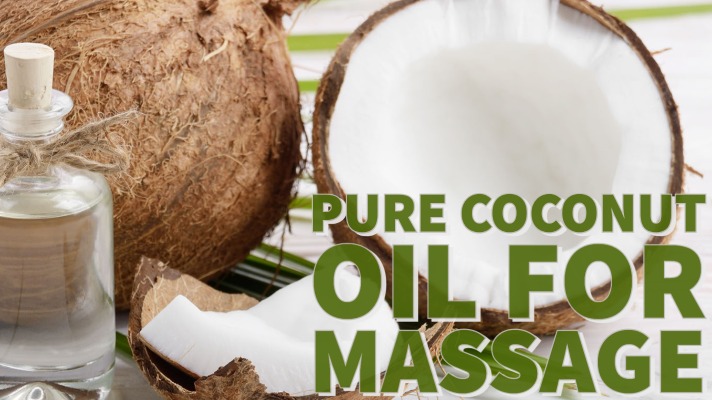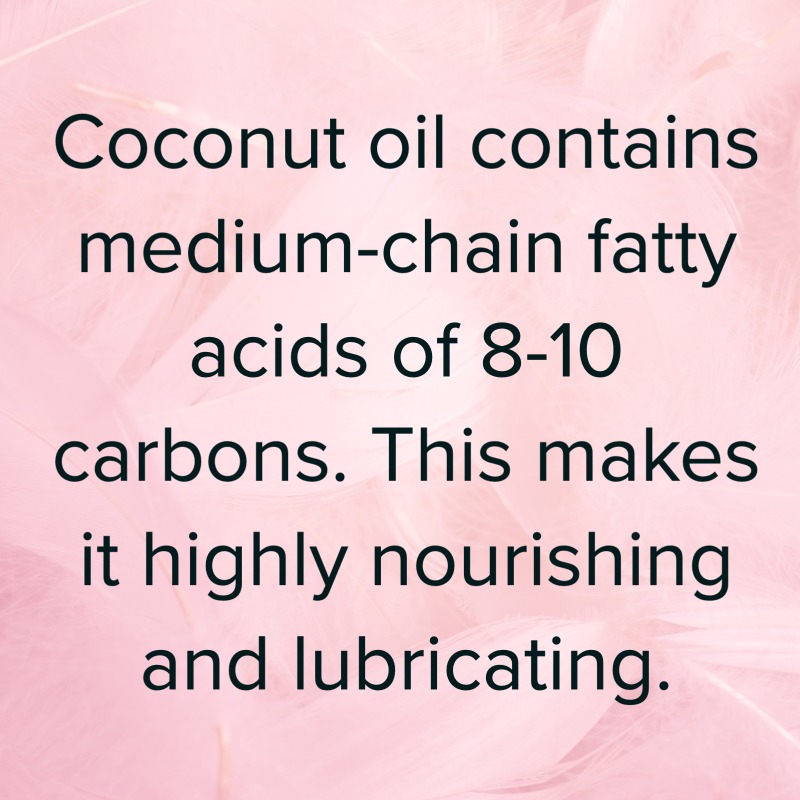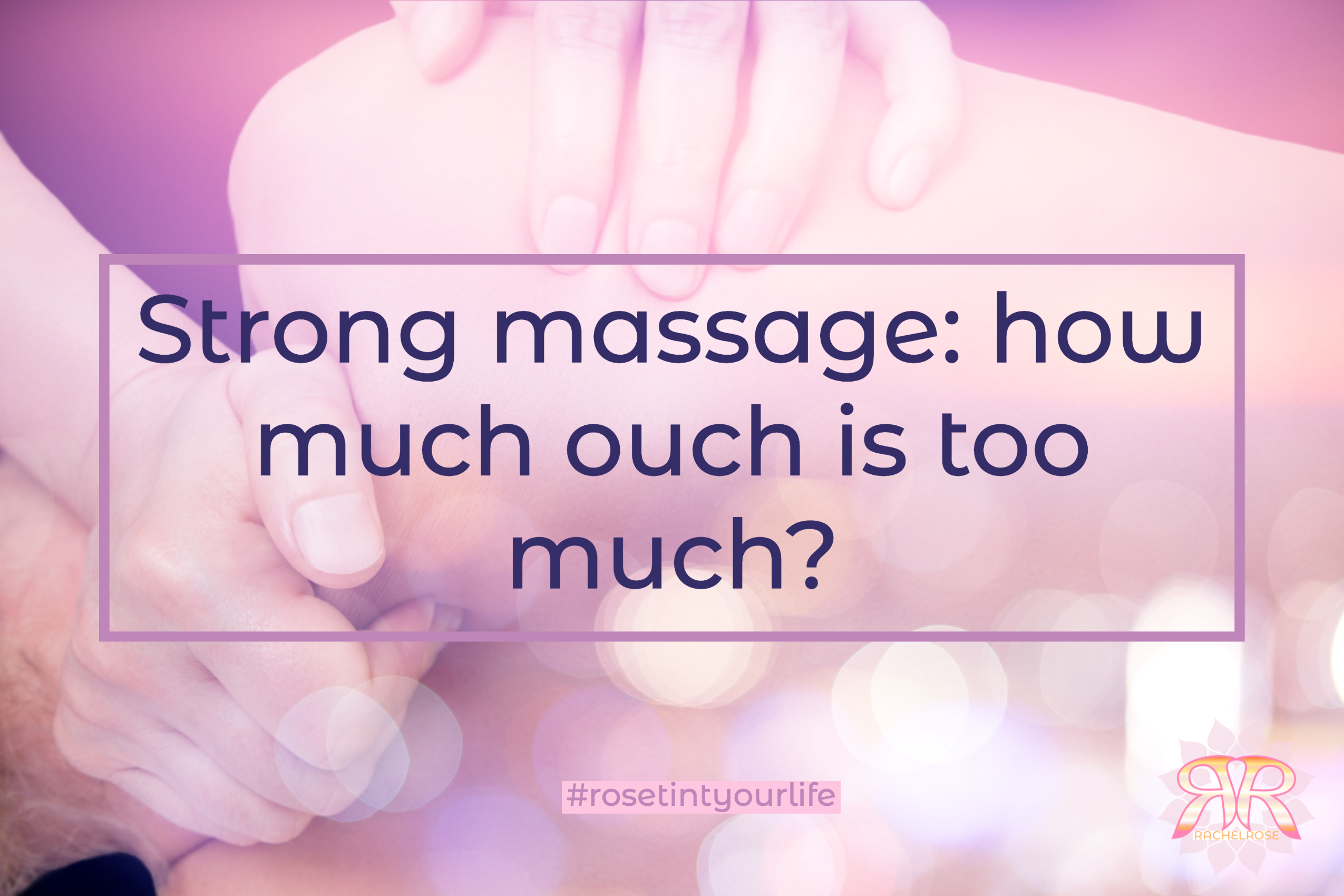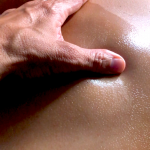Did you know that
- The breath moves the lymph and cerebrospinal fluid?
- The brain does not have lymphatic drainage?
- You can easily learn to breathe rhythmically to nurture your own health?
Read on….
HI everyone, it’s Rachel here again, Rose Tint Your Life.
Rhythmic Breathing
So, I thought I would do a little video about one of my favourite topics, which is breathing. I’m actually feeling a great need to share this information. I am feeling pretty sad right now because one of my longest-standing patients, or clients, has just left. He received a few months ago a very sad diagnosis of ALS which is a progressive, neurodegenerative disease. Most people might know it as Lou Gehrig’s disease, I think it’s what Stephen Hawking had. Anyway, ALS is incurable, we don’t know why people develop it, and obviously as it’s progressive, people get sicker and sicker. Some people have a longer period of living with it and some people have a shorter one.
He’s just left and I was giving him a lesson on breathing. His breathing is becoming increasingly troubled, he’s having difficulty swallowing, difficulty speaking. I gave the same piece of advice to him as I give to a lot of my yoga students, especially when I’m at SHA, where I do private classes, but also here when I do massage. I told him about rhythmic breathing.
The importance of rhythmic breathing.
A lot of people have been told at one point or another to breathe into their belly or whatever. They know that breathing is really important but maybe haven’t heard about rhythmic breathing. The way I try to describe it is by likening it to the pistons in a car. That’s an image that a lot of people can connect with. If you have four pistons in a car, they have to be moving in a synchronised rhythm because otherwise the car is either not going to go, or it’s going to shudder and judder all over the place.
Irregular breath rate
What I have observed in my many years of working as a therapist is that most people have a very, very irregular breathing rate. Rhythmic breathing without breath work or pranayama education is almost non-existent. Not only do people breathe too fast, 15-20 breaths per minute even in states of deep relaxation like whilst receiving a massage. I observe patterns where people will breathe in for 1-2 then out for 3…it’s all over the place, and people are just not conscious of the incredible impact that this has on the body.
Why should breathing be rhythmic?
The breath is like a pump. It’s like a piston. The diaphragm is moving up and down in the body and as it does so, it creates pressure differences in your thorax. The reason I know about this is from lymphatic drainage.
The lymphatic system
In lymphatic drainage we put a lot of emphasis on the breath and that’s because we know that deep breathing is one of the main if not the main motor of lymphatic flow. The lymphatic system doesn’t have a heart. It needs rhythmic breathing to push the lymph around the body. Of course there is also the muscle pump and there are little muscles on some lymph vessels. But what really moves the lymph is the pressure differences of the diaphragm pumping and pulling the lymph in the middle of your body. This push and pull, this pump, is created by rhythmic breathing.
Coming back to the piston thing, if you want to have an effective pump, say pumping water out of a well…you wouldn’t be going randomly, you would be pumping 1-2-1-2…because you need that rhythmic element.
Back to the case of ALS, which is a neurodegenerative disorder, and there are a lot of them out there, Parkinson’s, Alzheimer’s, even Brain Fog, we don’t know what’s going on there.
Glymphatic System
The brain is a highly specialised organ, it is the prime user of oxygen and glucose in the human body. Every thought is a neurotransmitter…but the interesting thing about the brain is that it doesn’t have lymphatic drainage, or practically none. Now a couple of years ago some researchers were finally able to elucidate the glymphatic flow, or the glial lymphatic system. What they were able to understand is that there are these spirals that come down the nerves coming out of the brain and that helps to clean the brain.
Why is that important? The lymphatic system in the garbage collection system of the body. The way I just described it to the gentlemen is that it’s like leaves that fall off the trees in autumn. Of course if you leave them there on the ground they will eventually decompose, but they will rot, and smell bad and clog your drain, so it’s probably in your best interest to rake them up and put them in the compost.
By-products of metabolism
Well, it’s the same with the broken down neurotransmitters and all the by-products of metabolism of the human brain. Every single thought is a neurotransmitter, and when we metabolise we produce metabolic waste. In the rest of the body, the lymphatic system picks up this waste, but in the brain the lymphatic drainage is extremely limited. But, we are lucky because we have another system that can help to flush the brain: the cerebrospinal fluid.
Cerebrospinal fluid
The cerebrospinal fluid is somewhat similar to lymph (NOTE: It does not have lymphocytes). It is a clear, somewhat dense fluid that sits both in the sinuses inside of the head. Your brain isn’t completely full, there are some pockets of liquid, cerebrospinal liquid, and it sits in these sinuses but it also runs in the meninges.
Meninges
Most people know the word “meningitis”. Meningitis is swelling of the meninges. What are the meninges? The meninges are membranes. There are three of them. One of them is only in the brain but two of them go all the way down the spinal column. One of them goes all the way down to the tail bone!
These membranes are carrying lymph-like liquid that somehow has to move all the way from the top to the bottom and back. Now, we talked about the pump. Are you with me? What do you think moves the cerebrospinal fluid? The breath!
Cerebrospinal fluid flow in Alzheimer’s
There was an interesting piece of research published not too long ago about cerebrospinal fluid flow in Alzheimer’s patients. When there is deep breathing, the cerebrospinal fluid instead of just trickling along like a sewer or a river begins to flow in a wave-like motion—woosh! And they think that this could be more efficient to flush the brain and when we flush the brain we get rid of the by-products of metabolism.
I am not a physiologist and that’s as much as I know. I guess that if we are flushing these by-products out of the brain there must be linkages from the spinal column to the peripheral circulation or the central circulation. that’s something that I will have to check out for the next video.
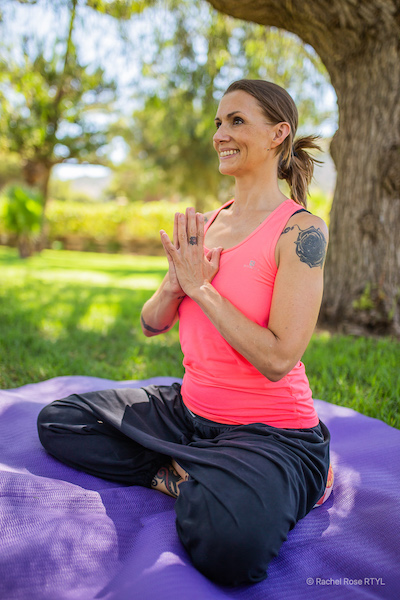
For the time being, what I want you to understand is that rhythmic breathing moves the lymphatic system, moves the cerebrospinal fluid and it gives us a much better chance of cleaning up all the by-products of metabolism.
Rhythmic Breathing technique
It’s simple! The simplest technique of rhythmic breathing is this: All you do is you breathe in and out through your nose, and as you breathe in you count 1-2-3-4 and as you breathe out you count 4-3-2-1….
So you have some homework, try doing that, let me know in the comments how it goes for you, I would be happy to help you.

